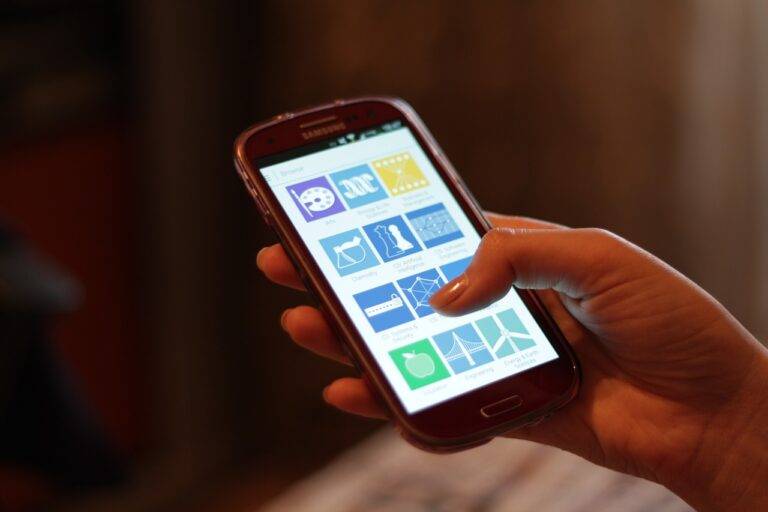The Future of Retail: Contactless Shopping and Cashless Payments
Contactless shopping offers convenience and efficiency to consumers who are constantly on the go. With a simple tap or wave of a card or phone, transactions can be completed swiftly, saving time for both customers and retailers. This seamless process eliminates the need to fumble for cash or physically swipe a card, making the shopping experience more streamlined and enjoyable.
Furthermore, contactless shopping promotes a hygienic environment by reducing the need for physical contact during transactions. In times like the present, where health and safety are paramount, this touch-free method of payment minimizes the risk of spreading germs between individuals. As a result, customers feel more secure in their shopping experiences, leading to increased trust and loyalty towards retailers who prioritize their well-being.
Impact of Contactless Payments on Retail
Contactless payments have revolutionized the retail industry by offering a convenient, efficient, and secure payment option for customers. With the rise of mobile wallets and contactless cards, consumers can now make purchases swiftly without the need to handle physical cash or swipe their cards. This seamless payment method not only enhances the overall shopping experience but also helps retailers cater to the evolving preferences of tech-savvy customers.
Moreover, the adoption of contactless payments has significantly expedited the checkout process in retail stores. Customers can simply tap their cards or smartphones on the payment terminals, completing transactions in a matter of seconds. This not only reduces wait times at the checkout counters but also minimizes physical contact between customers and cashiers, contributing to a safer and more hygienic shopping environment, especially during times of health concerns like the recent pandemic.
Challenges in Implementing Cashless Payments in Retail
Implementing cashless payments in retail poses various challenges. One major obstacle is the reluctance of some customers to embrace this technology. Many consumers still prefer traditional payment methods like cash or card, and convincing them to switch to cashless transactions can be a slow process. Additionally, ensuring the security of online transactions is crucial, as the fear of data breaches and identity theft can deter both customers and retailers from fully adopting cashless payments.
Moreover, the initial cost of transitioning to a cashless system can be a significant barrier for small businesses. Investing in new technology, training staff, and upgrading existing infrastructure can strain resources and present a financial challenge. Additionally, ensuring that all staff members are knowledgeable and comfortable with the new payment system is essential to its success, requiring additional time and effort from management.





